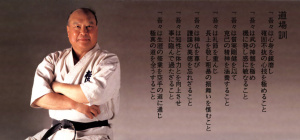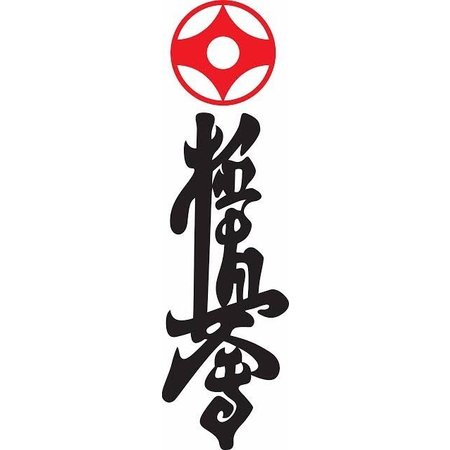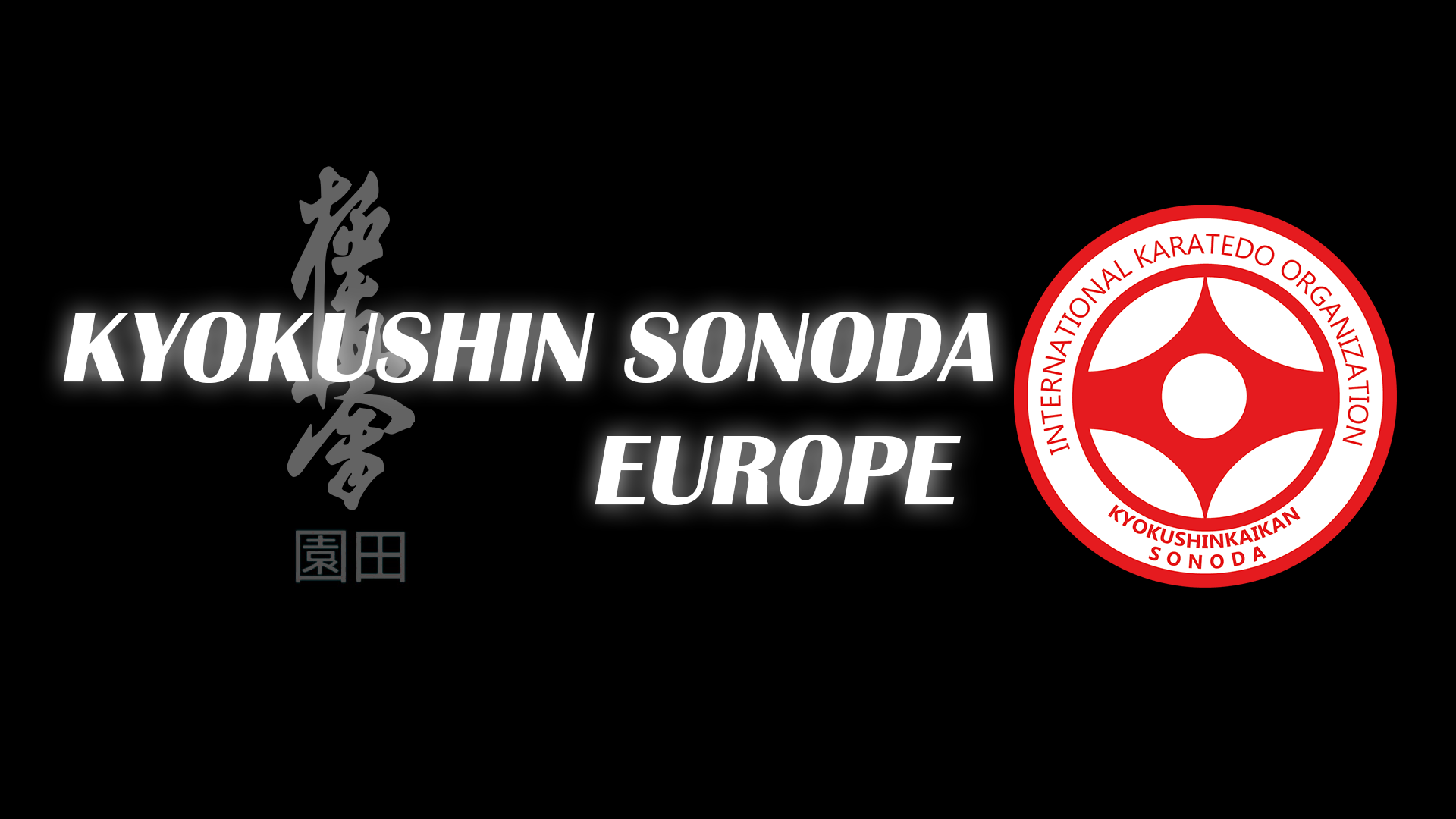
After formally establishing the Kyokushinkaikan in 1964, Oyama directed the organization through a period of expansion.Oyama hand-picked instructors who displayed ability in marketing the style and gaining new members. Oyama would choose an instructor to open a new dojo. The instructor would move to that town and demonstrate his karate skills in public places. After that, word of mouth would spread through the local area until the dojo had a dedicated core of students. Oyama also sent instructors to other countries such as the Netherlands (Kenji Kurosaki), Australia (Mamoru Kaneko and Shigeo Kato), the United States (Miyuki Miura, Tadashi Nakamura, Shigeru Oyama and Yasuhiko Oyama), Great Britain (Steve Arneil), Canada (Tatsuji Nakamura) and Brazil (Seiji Isobe) to spread Kyokushin in the same way. Many students, including Steve Arneil, Jon Bluming, and Howard Collins, traveled to Japan to train with Oyama directly. In 1969, Oyama staged The First All-Japan Full Contact Karate Open Championships and Terutomo Yamazaki became the first champion. All-Japan Championships have been held at every year. In 1975, The First World Full Contact Karate Open Championships were held in Tokyo. World Championships have been held at four-yearly intervals since.
Name of Kyokushin
Oyama chose the kanji of Kyokushinkai (極真会) to resemble the samurai sword safely placed in its sheath. Translated, kyoku means “ultimate”, shin means “truth” or “reality” and kai means “to join” or “to associate”. Kyokushinkai, roughly translated, means “Association for Ultimate Truth”. This concept has less to do with the Western meaning of truth; rather it is more in keeping with the bushido concept of discovering the nature of one’s true character when tried. One of the goals of kyokushin is to strengthen and improve character by challenging one’s self through rigorous training.

Influence
Kyokushin has had an influence on many other styles. The knockdown karate competition format is now used by other styles. Karate styles that originated in Kyokushin, such as Ashihara Karate, Budokaido, Godokai, Enshin Karate, Seidō juku, Musokai, Shidōkan, World Oyama and Seidokaikan, are also knockdown styles and use slight variations of the competition rules.
A few styles (Kansuiryu Karate and Byakuren) originated independently of Kyokushin and have adopted the competition format.Kokondo is derived from Kyokushin, albeit without a strong focus on competition with the emphasis rather on realistic goshin-jutsu (self-defense). Some styles originating in Kyokushin (Jushindo, Daido Juku, Kudo, Zendokai) have changed to mixed martial arts rules.
Kickboxing has been seen as a natural progression for kyokushin competitors and many of Japan’s top kickboxers have started in knockdown karate. The influence of Kyokushin can be seen in the K-1 kickboxing tournament that originated out of the Seidokaikan karate organization, which is an offshoot from Kyokushin.
Kyokushin is the basis of glove karate, a knockdown karate format wearing boxing gloves and allowing punches to the head. Glove karate rules are used in Kyokushin Karate Iran.
Source: https://en.wikipedia.org/wiki/Kyokushin
